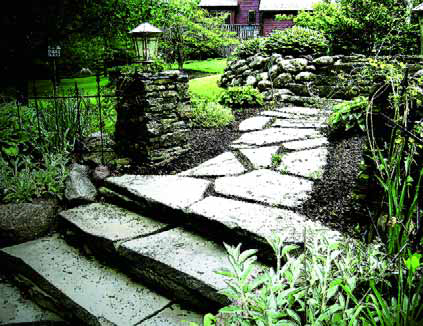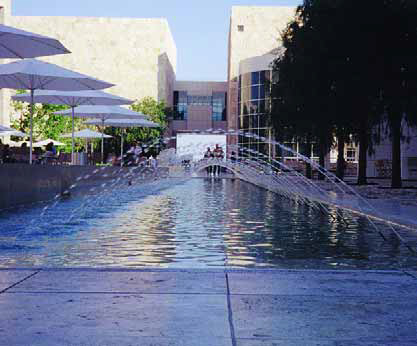ARTICLES
Advance Search
Aquatic Health
Aquatic Health, Fitness & Safety
Around the Internet
Aquatic Culture
Aquatic Technology
Artful Endeavors
Celebrity Corner
Life Aquatic
Must-See Watershapes
People with Cameras
Watershapes in the Headlines
Art/Architectural History
Book & Media Reviews
Commentaries, Interviews & Profiles
Concrete Science
Environment
Fountains
Geotechnical
Join the Dialogue
Landscape, Plants, Hardscape & Decks
Lighter Side
Ripples
Test Your Knowledge
The Aquatic Quiz
Other Waterfeatures (from birdbaths to lakes)
Outdoor Living, Fire Features, Amenities & Lighting
Plants
Ponds, Streams & Waterfalls
Pools & Spas
Professional Watershaping
Structures (Editor's Notes)
Travelogues & History
Water Chemistry
WaterShapes TV
WaterShapes World Blog
Web Links
Around the Internet
Aquatic Culture
Aquatic Technology
Artful Endeavors
Celebrity Corner
Life Aquatic
Must-See Watershapes
People with Cameras
Watershapes in the Headlines
Stairs, to borrow an immortal phrase from Rodney Dangerfield, “get no respect.” In fact, if my observations through the years tell me anything, the stairs set in far too many landscapes are strictly utilitarian objects – no more than a means of getting from one level of a space to another. The only thought that seems to go into some of them has to do with avoiding trip hazards, which is important but hardly the most aesthetically oriented of approaches to take. In my experience, when stairs are considered in deliberate and creative ways, they can become
It seems to be a trend: In more and more of the conversations I’ve been having with watershapers, the level of interest in what’s involved in working overseas has really spiked in recent weeks and months. I recall a time several years back when curiosity about overseas work focused on the glamour and excitement of stepping into uncharted territory. Now, however, there’s a certain urgency to the inquiries, and my guess is there are at least three reasons behind it. First, there’s the enduring sense of the prestige and energy that
Not long ago, a friend and I were talking the about worn-out phrases, and “thinking outside the box” was one of them. As he pointed out, it’s remarkably ironic that we now use a cliché to
One person’s error is often another’s opportunity – and that’s exactly how my relationship with Disney’s Epcot Center began. The famous Florida theme park has held its International Flower & Garden Show in the spring for many years now, and one of the festival’s more popular highlights has long been the program’s “Water Garden Wonders” exhibit. A local Floridian pond contractor had always taken care of the waterfeatures for the show, but after a series of problems, officials at Disney decided to make a change and I was contacted to see if our company, Aquascape of St. Charles, Ill., would be interested in taking over the pond-construction duties. I was immediately on board with the idea. After all, how do you say no to
As watershape design expands beyond the mostly recreational traditions of the recent past, more of us are being asked these days to design water elements that work more decoratively and serve to frame, reflect and otherwiseaccentuate or accompany art pieces. In these situations, a pool, fountain or basin design is visually driven by the artwork, and whether the project is done for a private residence or a commercial complex, the results can be wonderfully dynamic. In most cases, requests for this design approach come from an owner who has a particular piece in mind; in a few other cases, the artist will commission a watershape to accompany a main attraction of his or her devising and becomes a key participant in the design process. All in all, I see this as another manifestation of a trend in which
For a good while now, I’ve been on the lookout for books that define the health benefits of swimming and other forms of aquatic exercise. I’ve largely come up empty, with only a couple of worthy exceptions. It’s been important to me for two reasons: First, I’m convinced (as others in this magazine have argued) that the watershaping industry is doing both itself and its clients a disservice by not promoting the remarkable healthfulness of aquatic activity. I think this is a deficit we desperately need to address – and also that this effort must begin on a solid base of knowledge and fact. Second, as I progress through my forties, I’m finding that running is becoming more and more difficult because of hip problems; my intention is to turn to the water to maintain my physical fitness, but I want to know more about it and how to do it right. So far, the best resource for information about swimming I’ve found is The Complete Book of Swimming by Dr. Phillip Whitten (Random House, 1994). It’s older than some other volumes I’ve found, but I think it’s the best because
What’s the use of knowing about history? For many of us, the answer to that question seems so obvious that it comes as a shock to find out just how many people in the watershaping and landscape fields don’t grasp the all-encompassing significance of our collective past – but it shouldn’t. Using my own career as an example – and even though I now spend a considerable amount of my time teaching professionals and university students all about art and architectural history – I confess that I waltzed through more than a few early years as an aspiring landscape architect and watershaper in blissful ignorance of
Where I work in the northeastern United States, several species of trees and shrubs have been staples of residential landscape design for so long that stands of these arboreal mainstays (very often deployed by firms not known for their creativity) have become something of a visual cliché. Through the years, however, I’ve found that even these shopworn landscape icons can be used in beautiful and often surprising ways that seem perfectly suited to their environments while also making






















Increasing Access